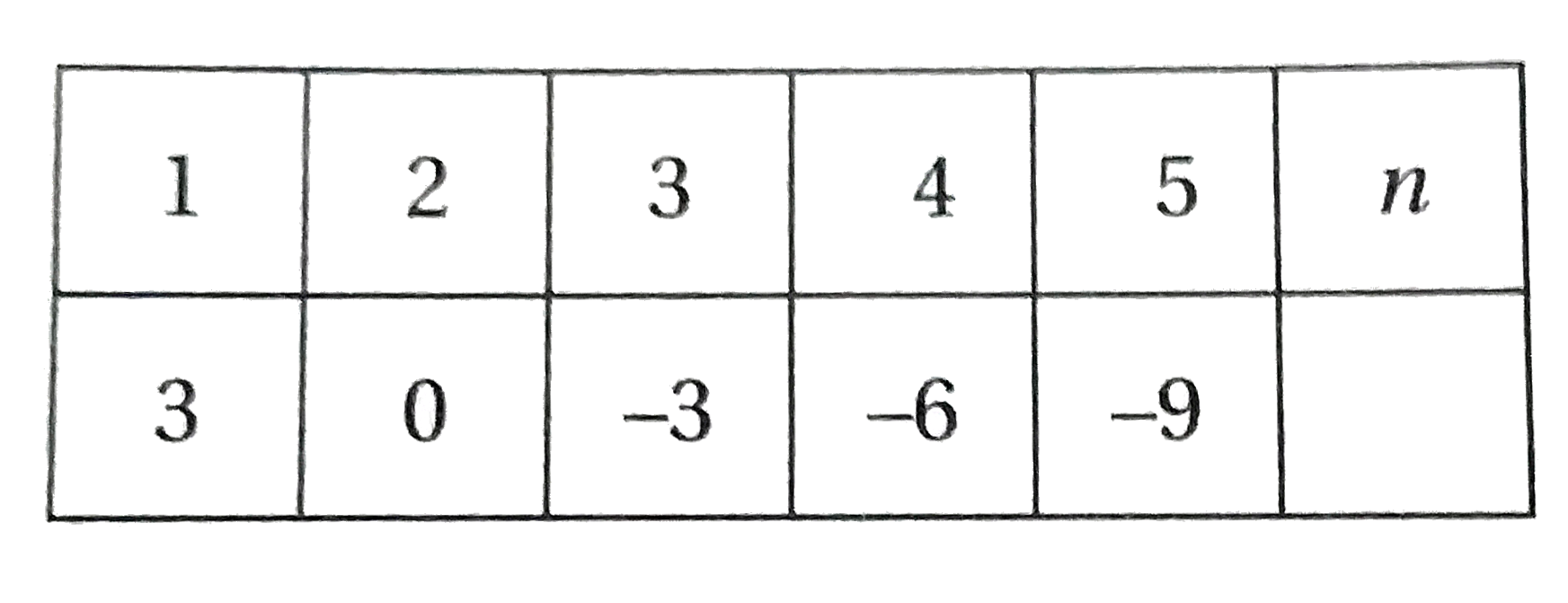Which verbal expressions can be represented by 2(x−5)?
5 less than 2 times x
2 multiplied by x less 5
Twice the difference of x and 5
The product of 2 and x, decreased by 5.
The correct Answer is:C
To determine which verbal expressions can be represented by the expression 2(x−5), we will analyze each option step by step.
Step 1: Understand the expression
The expression 2(x−5) can be simplified as follows:
2(x−5)=2x−10
This means we are looking for verbal expressions that can be represented by 2x−10.
Step 2: Analyze each option
Option 1: "5 less than 2 times x"
- This can be written mathematically as:
2x−5
- Comparing this with 2(x−5) or 2x−10, we see that 2x−5 is not equal to 2x−10.
- Conclusion: This option is incorrect.
Option 2: "2 multiplied by x less 5"
- This phrase can be interpreted as:
2x−5
- Similar to the first option, this is also not equal to 2x−10.
- Conclusion: This option is incorrect.
Option 3: "Twice the difference of x and 5"
- The difference of x and 5 is x−5.
- Therefore, twice the difference can be written as:
2(x−5)=2x−10
- This matches our expression 2(x−5).
- Conclusion: This option is correct.
Option 4: "The product of 2 and x decreased by 5"
- This can be written mathematically as:
2x−5
- Again, this is not equal to 2x−10.
- Conclusion: This option is incorrect.
Final Conclusion
The only verbal expression that can be represented by 2(x−5) is:
- "Twice the difference of x and 5."
The expression 2(x−5) can be simplified as follows:
2(x−5)=2x−10
This means we are looking for verbal expressions that can be represented by 2x−10.
- This can be written mathematically as:
2x−5
- Comparing this with 2(x−5) or 2x−10, we see that 2x−5 is not equal to 2x−10.
- Conclusion: This option is incorrect.
- This phrase can be interpreted as:
2x−5
- Similar to the first option, this is also not equal to 2x−10.
- Conclusion: This option is incorrect.
- The difference of x and 5 is x−5.
- Therefore, twice the difference can be written as:
2(x−5)=2x−10
- This matches our expression 2(x−5).
- Conclusion: This option is correct.
- This can be written mathematically as:
2x−5
- Again, this is not equal to 2x−10.
- Conclusion: This option is incorrect.
The only verbal expression that can be represented by 2(x−5) is:
- "Twice the difference of x and 5."
Topper's Solved these Questions
Similar Questions
Knowledge Check
If 2w=32x=y=53z for four positive integers w,x,y and z which of the following expression can represent an integer ?
AwxyzBxwC4xyDx2yWhich of the following expressions is representative of the rate law for a SN2 reaction ?
ARate = k [electrophile]BRate = k [electrophile] [nucleophile]CRate = k [nucleophile]2DRate = k[electrophile]2Which of the following expression does not represent simple harmonic motion?
Ax=Acosω+BsinωBx=Acos(ωt+α)Cx=Bsin(ωt+B)Dx=Asinωtcos2ωt
Which of the following rate law expression represent zero order reaction :-
View SolutionThe expression [δU/δT]V represents
View SolutionWhich of the following expressions represents the value and unit of van der Waals constant a?
View SolutionWhich expression represents the pattern in the table ?

View SolutionIf function f is defined by f(x)=5x+3, then which expression represent 2f(x)−3?
View Solution
